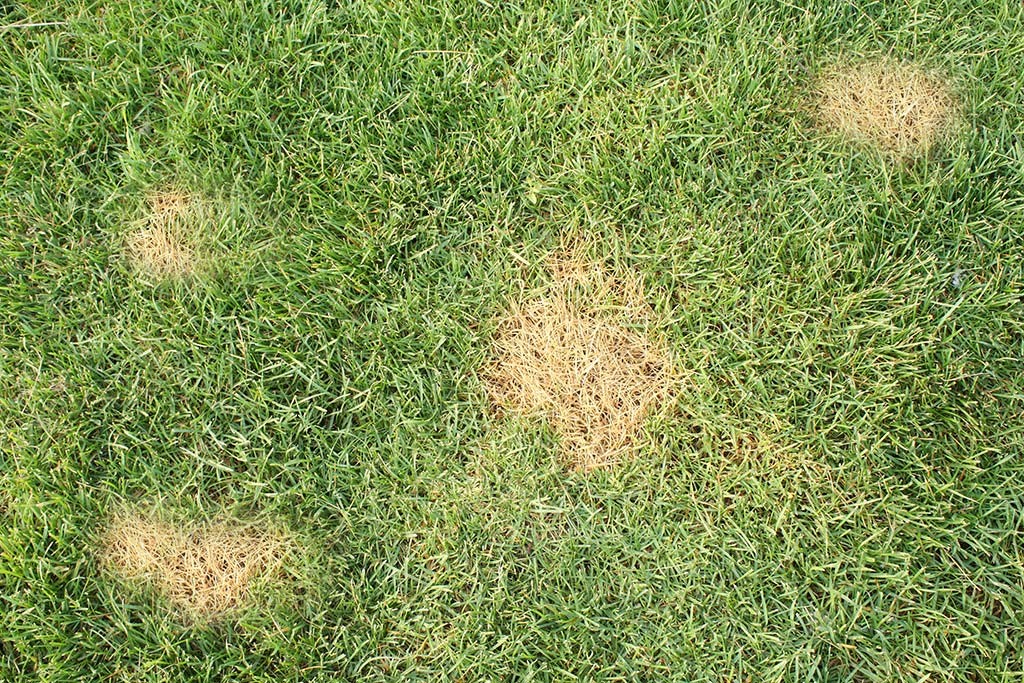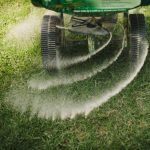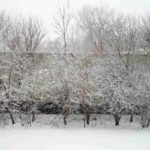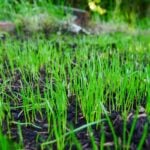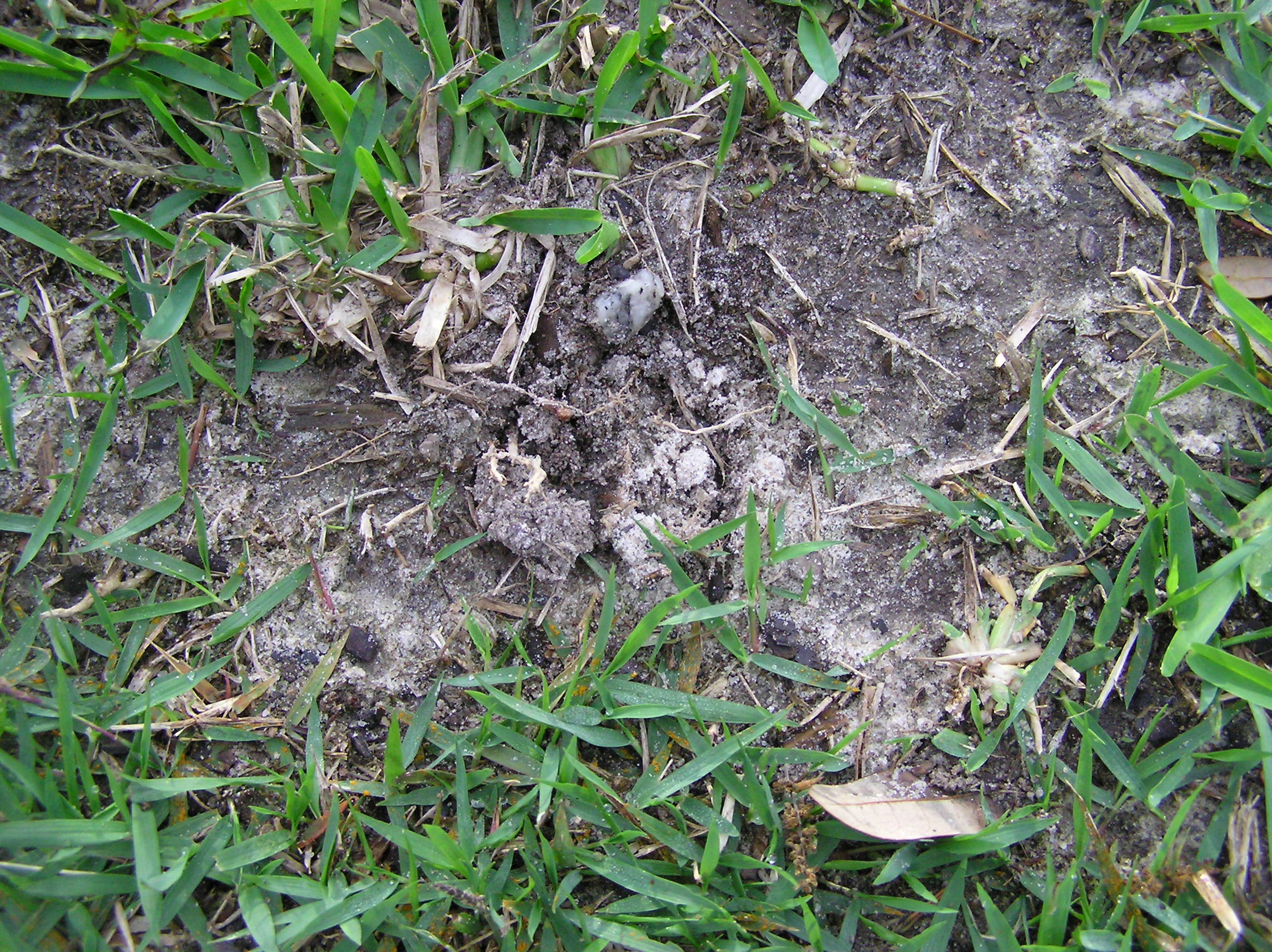
Whether they choose to lurk above the ground or deep below its surface, there are likely hundreds of pests infesting your lawn and damaging your hard-earned landscape. While some types of insects and other uninvited residents are not harmful–and, in some cases, are beneficial–many of these lawn pests can cause serious damage to your grass, soil, and plants.
If you notice signs of any of these lawn pests in Pittsburgh, take care to get rid of them as soon as possible.
1. Crane Flies
Crane flies look a lot like mosquitoes, but instead of feeding on you and your blood, they feed on your lawn. These lawn pests tend to emerge in the late summer, and are often found near compost piles. They feed voraciously on the roots and crowns of your grass, infesting areas of excessive moisture or shade.
2. Chinch Bugs
These tiny insects live above the soil, taking up residence in tall lawn grasses. They can survive harsh winter weather by sheltering under shrubs and leaf litter, making them a force to be reckoned with even in Pittsburgh’s cold climate. Theses pests feed on patches of grass, wiping out an entire lawn in as little as three weeks. Signs of infestation include small patches of brown grass that gradually begin to widen.
3. White Grubs
White grubs are found all over the country, preferring to feed on your lawn’s roots from beneath the soil. These lawn pests can create spongy sections of grass that discolor and separate easily. Grubs are a food source for many species of birds and small mammals, enticing them to dig and damage your lawn even more. They can also survive the winter and feed opportunistically in the early spring.
4. Moles
Moles are frequently found in Pittsburgh yards, as they tunnel and dig for the earthworms that reside in healthy soil. While moles don’t attack your plants directly, their tunneling behavior destroys soil structure and destroys your plants’ root systems. A single mole can spell disaster for a lawn, you’ll want to get rid of them immediately once you suspect an infestation.
5. Japanese Beetles
This invasive species typically doesn’t eat your grass, but do lay their eggs in the soil. If you see Japanese beetles in your garden–such as feeding on your roses–you may have an infestation that needs to be dealt with.
6. Mole crickets
Mole crickets are some of the most devastating lawn pests, as they tunnel through soil and feast on decaying plant matter, beneficial insects, and grass roots. Infested lawns appear brown and are spongy to the touch. The tell-tale sign that mole crickets are at work–and that this damage is not the result of chinch bugs or other lawn pests–are the tunnels and rivulets that their work causes in the soil. They often appear as a result of overwatering, and can only be dealt with by applying insecticide.
7. Caterpillars
Caterpillars aren’t harmful in small numbers, but if their populations explode, they can cause some serious issue. Lawn caterpillars can cause large, unsightly brown spots. Test for them by performing a “drench test” in which you pour a combination of dishwashing liquid and water over one square yard of the lawn. Watch the lawn and count the number of caterpillars that surface–more than fifteen in a square yard signals in infestation. This can be dealt with by applying Bacillus thuringiensis treatments.
8. Fire ants
Fire ants aren’t damaging to your lawn, exactly, but can make it extremely difficult to enjoy all of your hard work out there. Fire ants inflict a painful sting, and can cause a serious allergic reaction in some people. These pests nest outdoors in sunny areas, and prefer exposed soil. They feed on both plant and animal matter alike.
9. Leaf miners
Leaf miners can be found all over the country. While they won’t kill a plant directly, they weaken its integrity so that it is more susceptible to disease and further damage. These pests tunnel through the leaves and stems of plants and can be encouraged by excessive pesticide use. Therefore, the best way to rid yourself of these pests is by utilizing natural, organic control methods.
10. Slugs
Slugs will feed on just about anything, but more commonly infest gardens as they feast on vegetables such as cabbage, tomatoes, beans, and peas. They create irregular shapes in the plants they feed upon, preferring areas of high moisture.
Have a lawn pest problem this summer? While you can prevent many of these common pests by maintaining a trimmed, well-kept lawn, remember that some are completely unavoidable. If you find yourself facing one of these pests, consider implementing a DIY organic control method or visit our Pittsburgh lawn care page to get in touch with a local lawn care professional right away.
